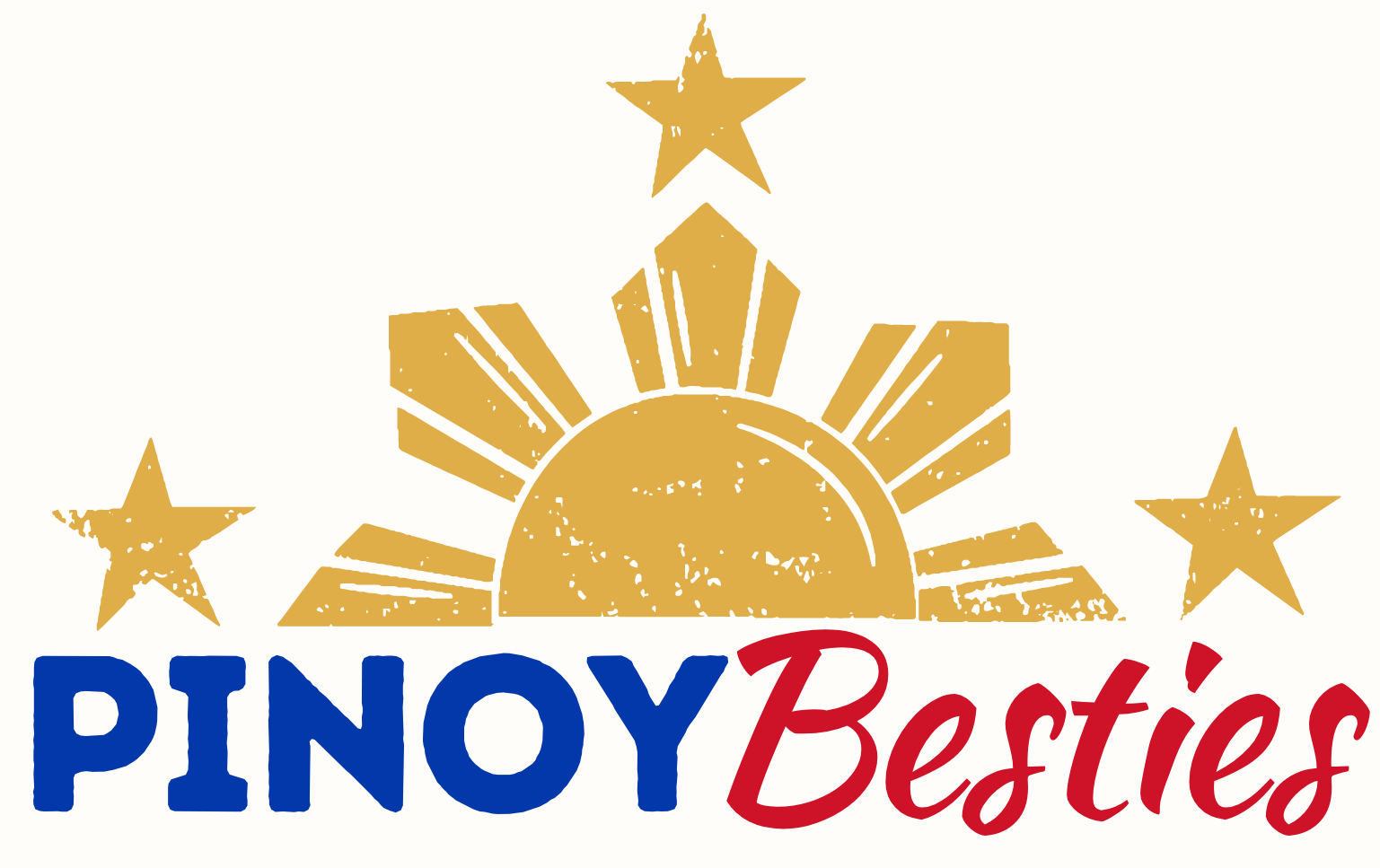-
The Role of Color in Graphic Design
As humans, we are visual creatures and are naturally drawn to colors. This is why color plays a vital role in graphic design. It’s the foundation of visual communication that helps to express emotions, convey messages, and create brand identity. In this article, we’ll explore the importance of color in graphic design and how it affects the overall perception of a design.
The Psychology of Color
Colors can evoke different emotions and feelings, which is why it’s important to understand the psychology of color in graphic design. Here are some common color associations and symbolisms:
Color Associations
- – Red:
Passion, love, anger, and energy- – Blue:
Trust, loyalty, calmness, and professionalism- – Yellow:
Happiness, optimism, and creativity- – Green:
Growth, harmony, nature, and health- – Purple:
Royalty, luxury, and sophistication- – Orange:
Playfulness, enthusiasm, and friendliness- – Pink:
Femininity, love, and sweetness- – Black:
Elegance, power, and sophistication- – White:
Purity, innocence, and cleanliness- – Gray:
Neutrality, professionalism, and stabilityColor Symbolism
Different colors also have symbolic meanings across cultures. For instance:
- – Red
is considered lucky in China and represents happiness and prosperity.- – White
is associated with mourning in some cultures.- – In
Western cultures, purple is often associated with royalty and luxury.Color Combinations
Using color combinations is an essential aspect of graphic design. There are three main types of color combinations:
- – Analogous:
Colors that are next to each other on the color wheel.- – Complementary:
Colors that are opposite each other on the color wheel.- – Triadic:
Three colors that are evenly spaced on the color wheel.Color Harmony
Color harmony is crucial in graphic design, as it helps to create balance and visual appeal. Here are three main types of color schemes:
– Monochromatic Color Scheme
A monochromatic color scheme uses only one color and its different shades, tints, and tones. This scheme creates a cohesive look and is easy to execute.
– Analogous Color Scheme
An analogous color scheme uses colors that are adjacent to each other on the color wheel. This scheme creates a harmonious and peaceful look.
– Complementary Color Scheme
A complementary color scheme uses colors that are opposite each other on the color wheel. This scheme creates a bold and dynamic look.
Color Contrast
Color contrast is the difference between two colors. It’s important in graphic design as it helps to create depth, hierarchy, and emphasis. There are three types of color contrast:
– Value Contrast
Value contrast refers to the difference between light and dark shades. This contrast creates a visual hierarchy and helps to guide the viewer’s eye.
– Hue Contrast
Hue contrast is the difference between two colors on the color wheel. This contrast creates a dynamic and eye-catching look, but it should be used sparingly to avoid overwhelming the viewer.
– Saturation Contrast
Saturation contrast refers to the difference between bright and dull colors. This contrast helps to create depth and visual interest in a design.
Color in Branding
Choosing the right color for a brand is essential, as it helps to create a strong brand identity and attract the target audience. Here are some factors to consider when choosing the right color for a brand:
– Choosing the Right Color
When choosing a color for a brand, consider the brand’s personality, target audience, and industry. For example, a luxury brand may use colors like gold, silver, or black to convey sophistication and elegance, while a children’s brand may use bright and playful colors to appeal to children.
– Color Meanings Across Cultures
Color meanings can vary across cultures, so it’s important to consider the target audience’s cultural background when choosing a color. For example, red is considered lucky in China, but it’s associated with danger in Western cultures.
– Case Studies
Many successful brands have effectively used color to create a strong brand identity. For example, Coca-Cola uses red to convey passion and energy, while McDonald’s uses red and yellow to create a playful and inviting atmosphere.
Color in Advertising
Color plays a crucial role in advertising, as it helps to grab the viewer’s attention and create a lasting impression. Here are some ways color is used in advertising:
– The Use of Color in Advertising
Color is used to evoke emotions, create visual interest, and communicate messages in advertising. For example, a red “sale” sign creates a sense of urgency and excitement, while a green “eco-friendly” logo communicates the brand’s commitment to sustainability.
– Color in Print Advertising
In print advertising, color is used to create visual interest and highlight important information. For example, a colorful headline draws the viewer’s attention, while a bold color background creates a sense of depth and dimension.
– Color in Digital Advertising
In digital advertising, color is used to create a cohesive and visually appealing design. For example, a colorful banner ad with bold typography and dynamic imagery can grab the viewer’s attention and create a lasting impression.
Conclusion
In conclusion, color plays a vital role in graphic design, branding, and advertising. It helps to evoke emotions, convey messages, and create a strong brand identity. Understanding the psychology of color and how to use color harmony and contrast effectively can help designers create compelling and effective designs that grab the viewer’s attention and create a lasting impression.
- – Red:
Log in to reply.
